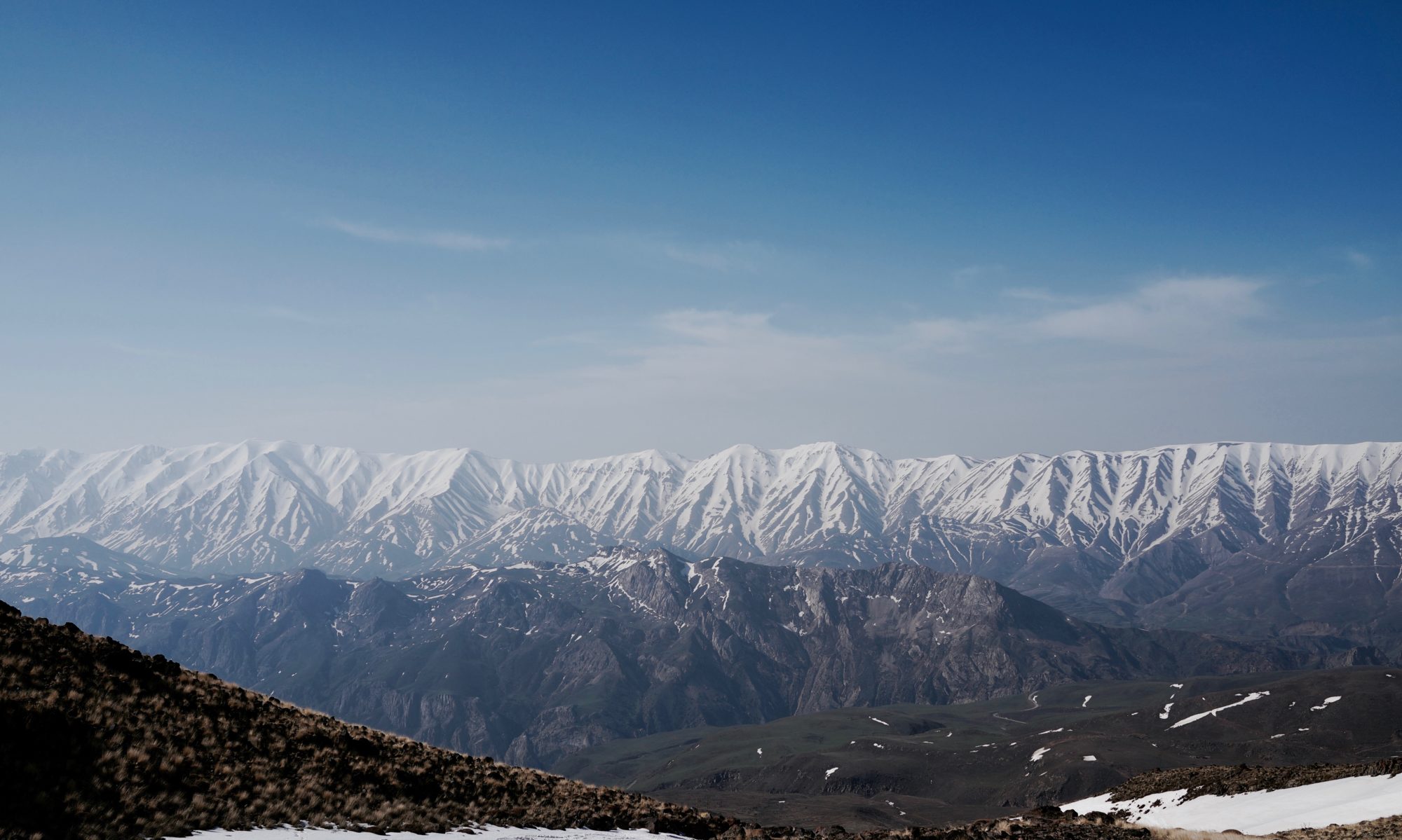Climbing routes
There are several classic climbing routes to the summit of Mont Blanc:[11]
- The most popular route is the Voie des Cristalliers, also known as the Voie Royale. Starting from Saint-Gervais-les-Bains the Tramway du Mont-Blanc (TMB) is taken to get to the Nid d’Aigle. The ascent then begins in the direction of theTête Rousse cabin and then through the Goûter Corridor [1], considered dangerous because of frequent rock-falls, leading to Goûter cabin for night shelter. The next day the route leads to the Dôme du Goûter, the Vallot cabin and L’arrête des Bosses.
- La Voie des 3 Monts is also known as La Traversée. Starting from Chamonix, the Téléphérique de l’Aiguille du Midi is taken towards the Col du Midi. The Cosmiques cabin is used to spend the night. The next day the ascent continues throughMont Blanc du Tacul and Mont Maudit.
- The historic itinerary through the Grand Mulets, which is most frequently traversed in winter by ski or in summer to descend to Chamonix.
- The normal Italian itinerary is also known as La route des Aiguilles Grises. After crossing the Miage glacier, the night is spent at the Gonella cabin. The next day proceeds through the Col des Aiguilles Grises and then the Dôme du Goûter, concluding at L’arête des Bosses.
- The Miage — Bionnassay — Mont Blanc crossing is usually done in three days. The route begins from Contamines-Montjoie, with the night spent in the Conscrits cabin. The following day, the Dômes de Miages is crossed and the night spent at the Durier cabin. The third day proceeds through l’Aiguille de Bionnassay and then the Dôme du Goûter.
From the summit of Mont Blanc on a clear day, the Jura, the Vosges, the Black Forest and the Massif Central mountain ranges can be seen, as well as the principal summits of the Alps.
